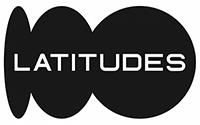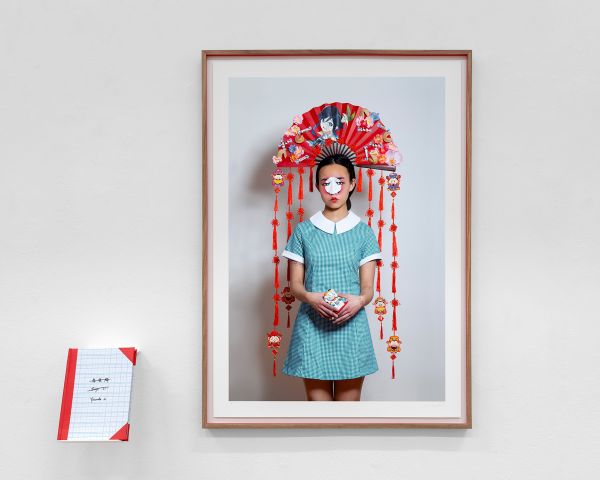YOLANDA / Jiaye Li (crossed out) Yolanda Li
Store Review (0)PRESENTED BY : Leah Rachel Hawker
| Frame | Kiat Wooden Frame with floated print and loose hand bound book. |
|---|---|
| Medium | Archival Print 66 x 93cm and Hand-Bound Book (Paper, Board, Thread, Ribbon) 15 x 21cm |
| Location | Cape Town, South Africa |
| Height | 100.00 cm |
| Width | 100.00 cm |
| Artist | Leah Rachel Hawker |
| Year | 2023 |
I’m interested in how events shape who we are and how we behave. This, in turn, shapes our society, one riddled with violence and loneliness. We have evidence of how art can mobilize audiences: it served theology for hundreds of years. We can do this again for contemporary needs by using it as a mechanism for empathy. In Safe Spaces (comprising of 10 artworks including this one), I draw from psychology and anthropology in an interdisciplinary body of work that focuses on young women. Just passing the cusp of adolescence into adulthood, the GenZ participants in these portraits responded to an open call for this project. The works consists of constructed portraits and handcrafted books. They are diptychs of a kind: they accompany each other, and they invite the viewer to not just reflect on the subjects identity but potentially on their own as well. The books in this body of work share intimate stories. The portraits are visual translations of their contents. Each voluntary participant sat with me and answered my many questions in a collaborative attempt to distil their experienced identity. The conversations were recorded in full. The aim of this extended process was to create a channel through which the subject could express themselves in a visual form a photographic portrait which is also a self-portrait. A representation from which both viewer and subject can reflect upon. My role: to be a medium, to be the translator. The camera's role: to be the bridge to you, the viewer. The machine (and its operator) becomes a compassionate player, not a taker not a shooter. You see, there are four participants here, and you, the viewer are one. The work speaks about stories of identity, our private internal world and the one we consciously or not choose to portray to the audience, the others. This external representation of self is so often based on our (traumatic) lived experiences. The Safe Spaces speaks of our vulnerability, a need for places of refuge, and the search for solace and community.







